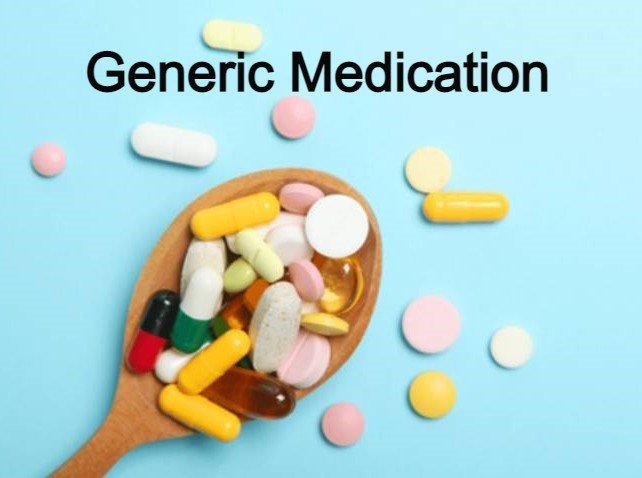Generic medication Part 2
Mohammad Jewel
05 Jul, 2021

Generic medication Part 2
-
Does each brand name tranquilize have a conventional medication?
No. New medications are created under patent assurance, and most medication licenses are ensured for a long time after FDA documenting. Be that as it may, it might take numerous years to investigate and get the brand name medication to advertise. At the point when the patent draws nearer to lapse, other medication organizations apply to the FDA for endorsement to begin moving the conventional variant of the medication.
A nonexclusive medication can be “probably affirmed” by the FDA preceding patent termination for the brand item. Different organizations can make and move conventional adaptations of the brand name item. Be that as it may, a few medications may never have a conventional on the grounds that makers may regard these items unrewarding or too hard to even think about manufacturing.
You can look for nonexclusive reciprocals by utilizing the Electronic Orange Book on the FDA and pursuit by the dynamic fixing name. A full rundown of items will show up, including conventional and exclusive names, and the name of the producer. In the event that the “TE” (helpful proportionality) code creatures with the letter “A”, that item is remedially comparable to its reference-recorded medication (RLD), which is the exclusive medication. For instance, there are numerous ibuprofen items that are viewed as remedially equal to Motrin (the RLD).
Since there is a slack time after Generic items affirm and when they show up in the “Orange Book,” you ought to likewise counsel the latest month to month FDA nonexclusive endorsements at First Generic Drug Approvals.
-
What is a marked Generic?
“Marked generics” are much the same as they sound – nonexclusive medications that have a brand name. These medications create either by a nonexclusive medication organization or the first producer after the patent terminates for the first item. The marked conventional name is restrictive to (claimed by) the organization.
IMS Health characterizes a marked Generic as:
Remedy items that either novel measurement types of off-patent items delivere by a producer that isn’t the originator of the atom, or;
An atom duplicate of an off-patent item with an exchange name.
The marked conventional must be bioequivalent to the first brand item.
Conception prevention pills a case of a mark Generic medication made by a few producers. For instance, Aviane is the marked nonexclusive name for a plan of oral preventative that contains ethinyl estradiol and levonorgestrel. Other marked generics are equivalent to Aviane, yet with various restrictive names, and incorporate items, for example, Orsythia and Vienva.
For what reason do the makers conceive an offspring control these brand names rather than simply remaining with the nonexclusive name? They will likely bestow mark name acknowledgment and steadfastness by buyers, and to guarantee that they keep on utilizing a similar item over and over. Also, numerous conventional medication names, as ethinyl estradiol and levonorgestrel, can be hard for shoppers to articulate and recall.
-
Who can build up a marked nonexclusive?
Marked generics, similar to normal generics, must produce after the patent lapse of the first brand name sedate. Notwithstanding, marked generics can made by any pharmaceutical organization willing to present the contracted new medication application (ANDA) to the FDA. Actually, numerous expansive pharmaceutical organizations that regularly just make mark name drugs are presently obtaining conventional organizations, or turning one off, to dig into this worthwhile business. As per the Generic Pharmaceutical Association, mark name organizations make about portion of the conventional medications available.
Visit Different types of Medicine product’s for cancer disease here:
